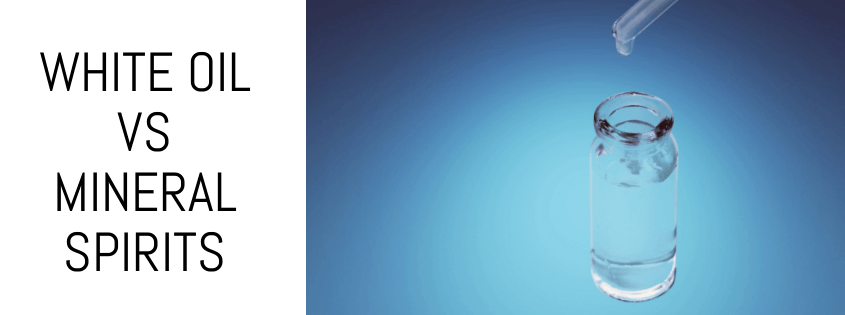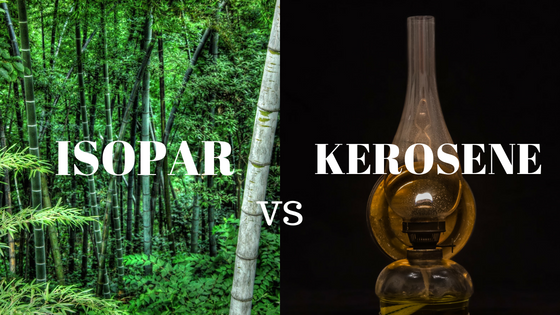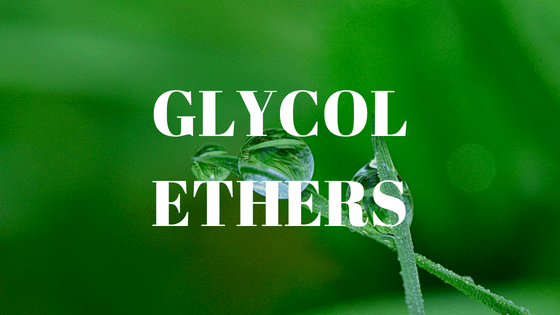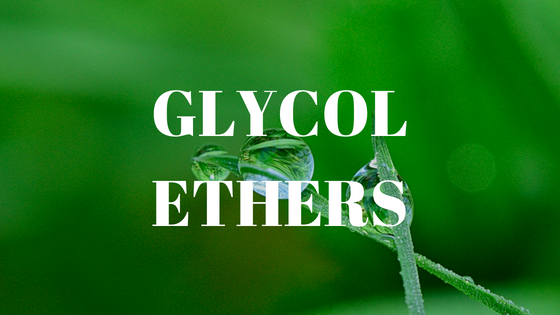White Oil versus Mineral Spirits
What is White Oil?
White oil has a variety of names that correspond towards the intended use of the oil. The general, and interchangeable, names are white oil and mineral oil. A few other names include paraffinum perliquidum, paraffin oil, liquid paraffin, and liquid petroleum. White oil is a colorless and odorless mixture of higher alkanes from a mineral source. This mineral source is usually from a distillate of petroleum. Mineral Oil is a food safe oil that was used initially as a laxative. Mineral oil has multiple uses such as a finishing solvent.
What are Mineral Spirits?
Mineral spirits, also known as a white spirits or petroleum distillates, is a petroleum derived solvent. Mineral spirits is a type of thinner for finishes and used greatly as a paint solvent. This product is not food safe and should not be used near it. Mineral spirits were commonly used as a cutting fluid in precision cutting. Mineral spirits is also most widely used as a solvent in the paint industry. The main use for mineral spirits is as a cleaning solvent and degreaser for machine parts and as a reaming lubricant.
Benefits of White Oil
Mineral spirits have a kerosine-like odor which causes several people to be irritated with the smell. This also causes proper ventilation to be necessary when handling. White spirits is mainly classed as a skin irritant. If exposed to white spirits through direct contact for several hours, severe chemical burns may form. Acute exposure to mineral spirits may also result in a lack of coordination and slowed reactions. Although white spirits is moderately toxic to aquatic organisms, is presents no significant hazards to the environment like white oil.
Whether you are wanting to know more about the difference between mineral oil and mineral spirits, or to find out more about purchasing, please contact Ecolink at info@ecolink.com, or call us at (800)563-1305.







